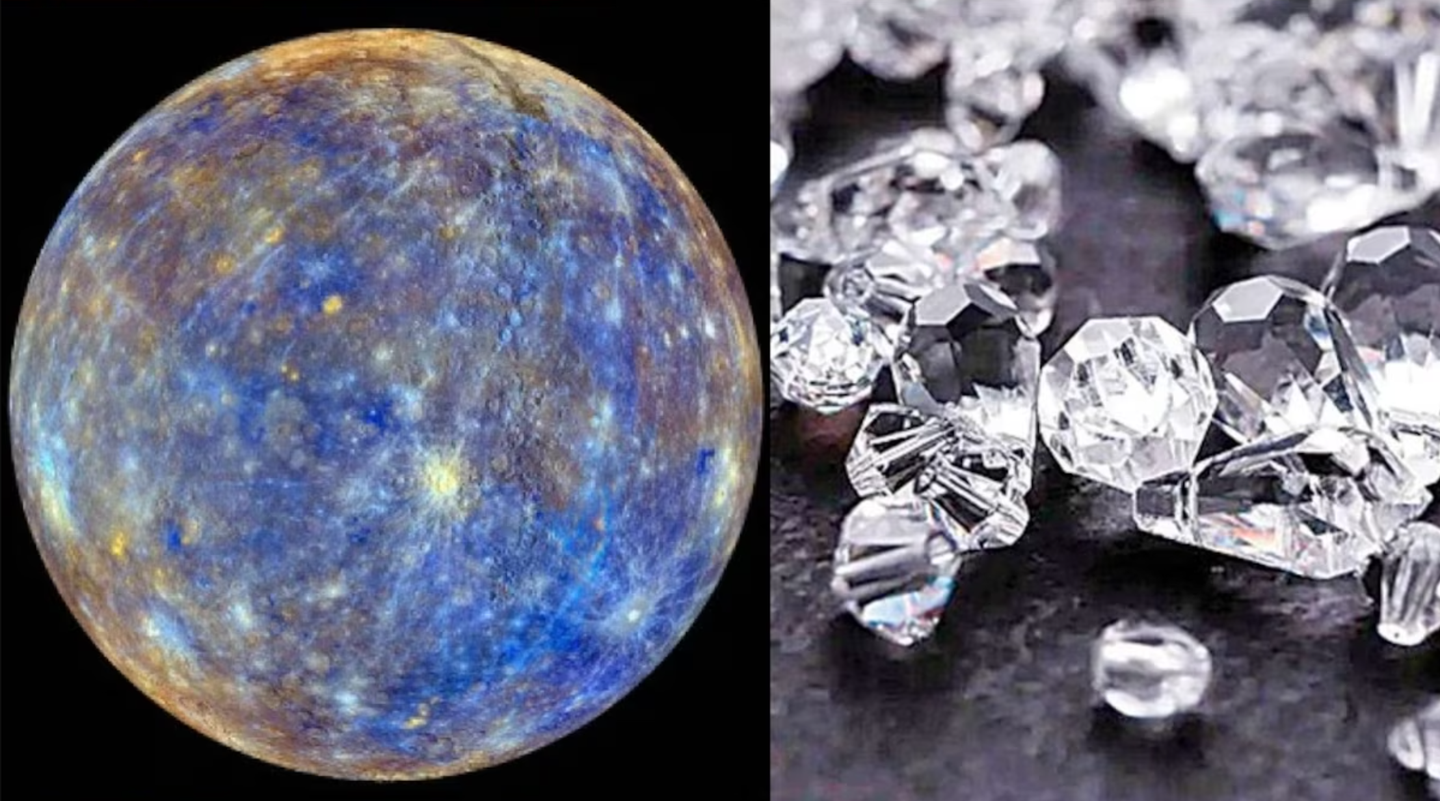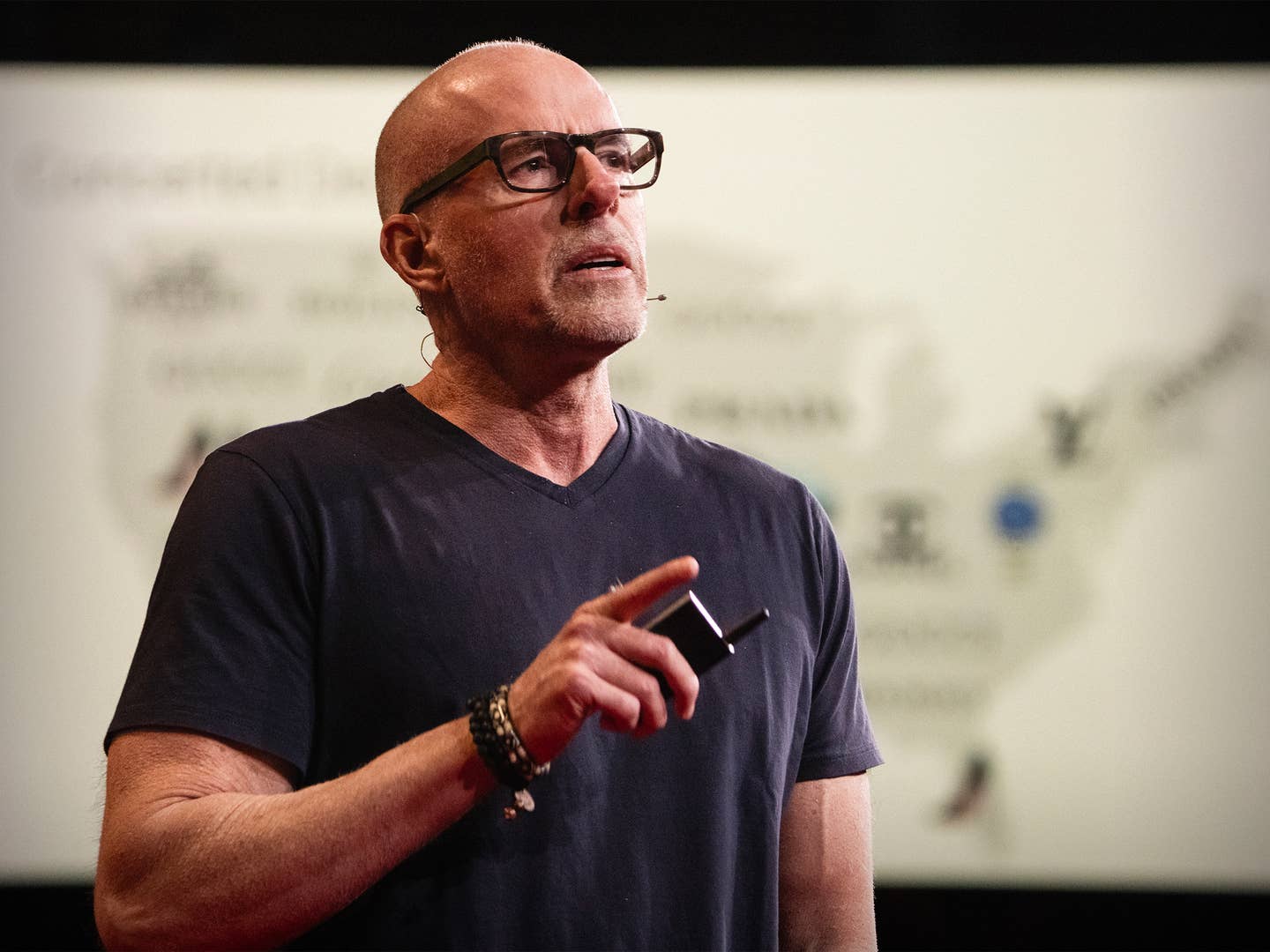mRNA vaccine can halt pancreatic cancer, study finds
The key to these vaccines appears to be neoantigens in the pancreatic tumors, which alert the immune system to keep the cancer at bay.

[Nov 18, 2022: Vinod P. Balachandran, Memorial Sloan Kettering Cancer Center]
The key to these vaccines appears to be proteins in the pancreatic tumors, called neoantigens, which alert the immune system to keep the cancer at bay. (CREDIT: Creative Commons)
Messenger RNA (mRNA) vaccines may be the hottest thing in science now, as they helped turn the tide against COVID-19. But even before the pandemic began, Memorial Sloan Kettering Cancer Center researchers had already been working to use mRNA vaccine technology to treat cancer.
Vinod Balachandran a physician-scientist affiliated with the David M. Rubenstein Center for Pancreatic Cancer Research and a member of the Human Oncology and Pathogenesis Program and the Parker Institute for Cancer Immunotherapy, is leading the only clinical trial to test mRNA vaccines for pancreatic cancer. The key to these vaccines appears to be proteins in the pancreatic tumors, called neoantigens, which alert the immune system to keep the cancer at bay.
The vaccines are custom-made for every person. The hope is that the vaccine will stimulate the production of certain immune cells, called T cells, that recognize pancreatic cancer cells. This could reduce the risk of the cancer returning after the main tumor was removed by surgery.
In 8 of 16 patients studied, the vaccines activated T cells that recognize the patient’s own pancreatic cancers. These patients also showed delayed recurrence of their pancreatic cancers, suggesting the T cells activated by the vaccines may be having the desired effect to keep pancreatic cancers in check.
Related News
Dr. Balachandran discusses how a collaboration with BioNTech — which developed the Pfizer-BioNTech COVID-19 vaccine —led to this potential treatment for pancreatic cancer.
What was the inspiration for using a vaccine against pancreatic cancer?
There has been great interest in using immunotherapy for pancreatic cancer because nothing else has worked very well. We thought immunotherapy held promise because of research we began about seven years ago. A small subset of patients with pancreatic cancer manage to beat the odds and survive after their tumor is removed. We looked at the tumors taken from these select patients and saw that the tumors had an especially large number of immune cells in them, especially T cells. Something in the tumor cells seemed to be sending out a signal that alerted the T cells and drew them in.
We later found that these signals were proteins called neoantigens that T cells recognize as foreign, triggering the immune system attack. Tumor cells accumulate these neoantigens as a result of genetic mutations when they divide. In most people with pancreatic cancer, these neoantigens are not detected by immune cells, so the immune system does not perceive the tumor cells as threats. But in our study, we saw that neoantigens in the pancreatic cancer survivors were different — they did not escape notice. They, in effect, uncloaked the tumors to T cells, causing T cells to recognize them.
Even more striking, we found that T cells recognizing these neoantigens circulated in the blood of these rare patients for up to 12 years after the pancreatic tumors had been removed by surgery. This persistent immune response was like an autovaccination. The T cells had memory of the neoantigens as a threat, similar to how vaccines trigger memory and protect against pathogens for up to decades. The finding led us to think that artificially inducing this effect in other patients with pancreatic cancer could be effective.
How could an mRNA vaccine work against pancreatic cancer?
My colleagues and I published our findings about immune protection in long-term pancreatic cancer survivors in Nature in November 2017. While working on this, we were also looking for ways to deliver neoantigens to patients as vaccines. We were particularly interested in mRNA vaccines, a new technology that we thought was quite promising. The vaccines use mRNA, a piece of genetic code, to teach cells in your body to make a protein that will trigger an immune response.
Coincidentally, at this time, BioNTech cofounder and CEO Uğur Şahin emailed us that he had read our paper and was interested in our ideas. In late 2017, we flew to Mainz, Germany, where BioNTech is based. They were still a little-known company at that point. We had dinner with Uğur and his team in Mainz as well as with Ira Mellman from Genentech, who was working with BioNTech to bring mRNA vaccine technology to cancer patients. We discussed the potential of mRNA vaccines for pancreatic cancer.
Designing an effective cancer vaccine is difficult. Because cancer arises from our own cells, it is much harder for the immune system to distinguish proteins in cancer cells as foreign compared with proteins in pathogens like viruses. But important advances in cancer biology and genomic sequencing now make it possible to design vaccines that can tell the difference. This builds on important work done at MSK that has shown how critical tumor mutations are to triggering immune response. We all felt optimistic about the potential and decided to move ahead.
How does it work? How is the mRNA vaccine tailored to a person’s individual tumor?
After a patient has a pancreatic tumor surgically removed, the tumor is genetically sequenced to look for mutations that produce the best neoantigen proteins — that is, the neoantigens that look the most foreign to the immune system. The vaccine is manufactured with mRNA specific to these proteins in that individual’s tumor. While the vaccine is being made, the patient gets a single dose of a checkpoint inhibitor drug. We think checkpoint inhibitors can work in conjunction with these vaccines to boost immune responses to tumors.
When the mRNA vaccine is injected into a person’s bloodstream, it causes immune cells called dendritic cells to make the neoantigen proteins. The dendritic cells also train the rest of the immune system, including T cells, to recognize and attack tumor cells that express these same proteins. With the T cells on high alert to destroy cells bearing these proteins, the cancer may have a lower chance of returning.
In December 2019, we enrolled the first patient in a clinical trial to test if this vaccine was safe. The process to make the vaccines was challenging. For example, the COVID-19 vaccines are not personalized — each vaccine is the same — so it is easy to make them in large batches.
The mRNA cancer vaccine must be made individually for each patient based on their tumor. To do this, we must perform a very complex cancer surgery to take out the tumor, ship the sample to Germany, have them sequence it, make the vaccine, and then send back to New York — all within a short timeframe. Thankfully, we were up to the task and finished enrolling our target total of 20 patients nearly a year ahead of schedule.
How did you manage to conduct the clinical trial in the middle of a pandemic?
When the pandemic began, we knew we needed to adapt quickly to make sure our patients were not affected. Thanks to our research team, led by Cristina Olcese, we coordinated very complicated logistics to make sure the trial ran smoothly. When we started, our estimated time to complete the trial was two and a half years. We finished it in 18 months.
That’s due to the amazing leadership of Department of Surgery Chair Jeffrey Drebin, and Hepatopancreatobiliary Service Chief William Jarnagin. Dr. Drebin recognized the importance of this trial early on and has been the strongest proponent of the study, enrolling the majority of the patients himself. Medical oncologist Eileen O’Reilly, physician-scientist Jedd Wolchok, biologist Taha Merghoub, and computational biologist Ben Greenbaum were also invaluable in pushing to make this trial happen. We also received tremendous support for the study from the Stand Up 2 Cancer/Lustgarten Foundation, without which this study would not have been possible.
What do these recent findings tell us about using mRNA vaccines to treat pancreatic cancer?
It shows that we are on the right track. An mRNA vaccine can trigger the production of T cells that recognize pancreatic cancer cells. It’s very exciting to see that a personalized vaccine could enlist the immune system to fight pancreatic cancer — which urgently needs better treatments — and other cancers as well.
What are the next steps for testing the mRNA vaccines?
We will continue to analyze data from the trial so we can better understand what factors help the vaccine work in patients. We hope to use this information to refine the vaccines so they are more effective and work in more people with pancreatic cancer. In this quest to make the vaccine better, we published new research in May 2022 in Nature that suggested ways to choose the best neoantigens.
Our team here at MSK is fantastic, and so are the teams at BioNTech and at Genentech, which funded the study. We will be moving forward with a larger study to test the personalized mRNA vaccines in more pancreatic cancer patients.
Vinod Balachandran says mRNA vaccines could stimulate the immune system to recognize and attack pancreatic cancer cells. (CREDIT: Memorial Sloan Kettering Cancer Center)
This has been a great example of MSK’s forward-thinking vision in cancer care — to bring the most exciting medicines to cancer patients. With mRNA vaccines, we were working with them before they were popular to test our scientific discoveries in patients.
Key Takeaways
Some people with pancreatic cancer survive many years after diagnosis.
In these patients, the immune system keeps the cancer from returning.
A messenger RNA vaccine based on this concept is being tested in combination with another type of immunotherapy.
Early results suggest the vaccine is having the desired effect on the immune system.
For more science and technology stories check out our New Discoveries section at The Brighter Side of News.
Note: Materials provided above by Memorial Sloan Kettering Cancer Center. Content may be edited for style and length.
Like these kind of feel good stories? Get the Brighter Side of News' newsletter.



